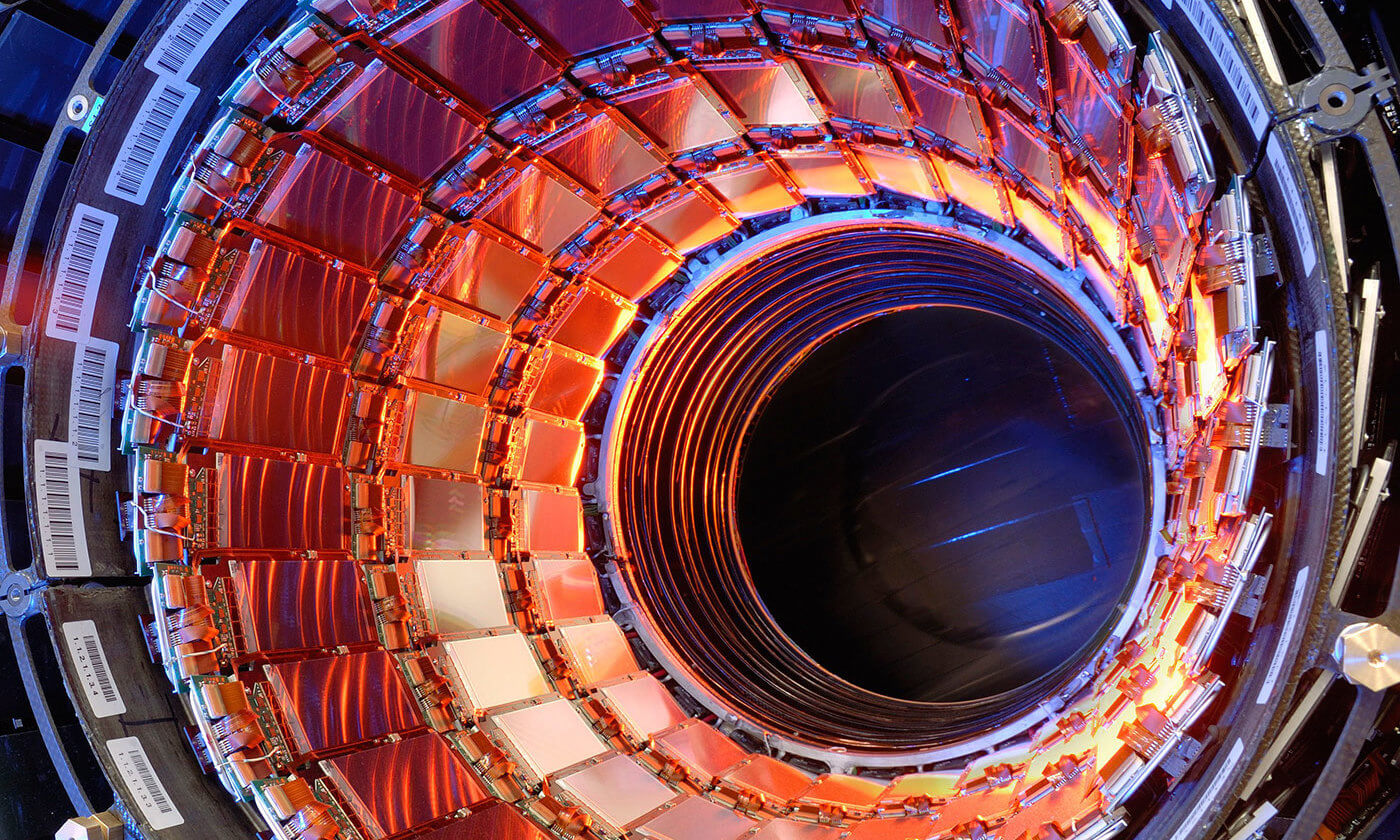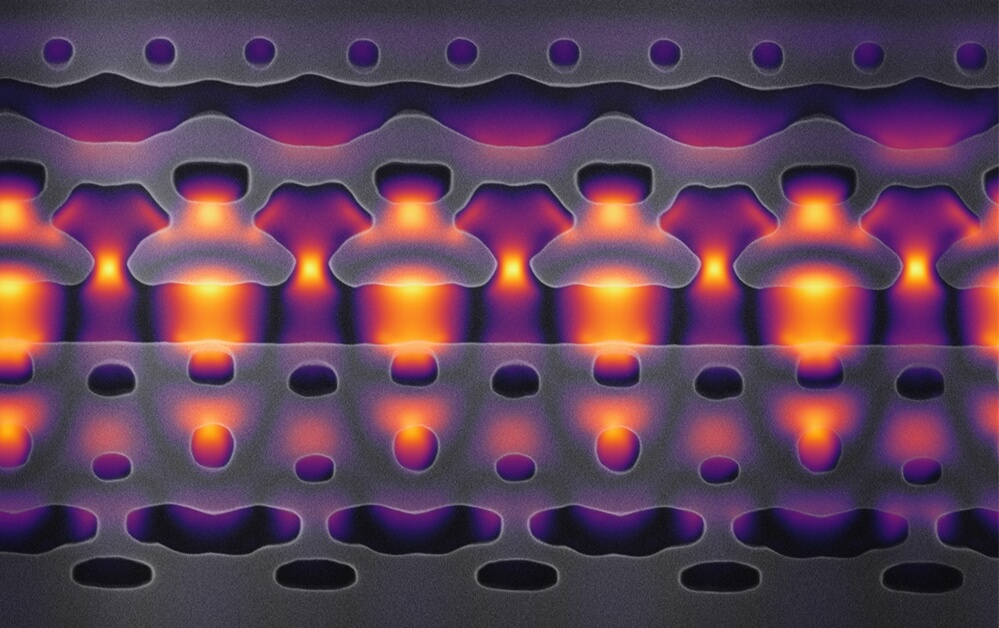The big picture: Researchers at Stanford University have created a miniaturized version of a particle accelerator that fits on a silicon chip. It's not nearly as powerful as its full-size counterpart in its current iteration, mind you, but researchers believe they can scale the design up to reach the requisite amount of power by the end of 2020.
Traditional particle accelerators utilize microwave bursts to help nudge electrons along. Microwaves measure four inches from peak to trough - far too long for their new accelerator. Instead, the team opted to use infrared light which has a wavelength of just one-tenth the width of a human hair. The reduced wavelength allows electrons to be accelerated in far shorter distances but also means that other aspects of the accelerator must be made to scale - 100,000 times smaller than the structures used in traditional accelerators.

To get there, Stanford engineers used inverse design algorithms which essentially allowed them to work backward, specifying how much light energy they wanted the chip to make. This, in turn, helped guide the researchers in building the correct nanoscale structures to bring the photons into proper contact with the electrons.
As it stands, the prototype accelerator is only able to provide a single stage of acceleration; to be useful for research or medical purposes, electrons need to be accelerated to 95 percent of the speed of light. To get there with the current setup, electrons would need to go through another 1,000 of these stages to reach that level.
That may sound daunting but because the accelerator is a fully integrated circuit, increasing its capabilities shouldn't be all that difficult. In fact, they expect to get there by the end of the year with a chip that's no bigger than one inch in size.
